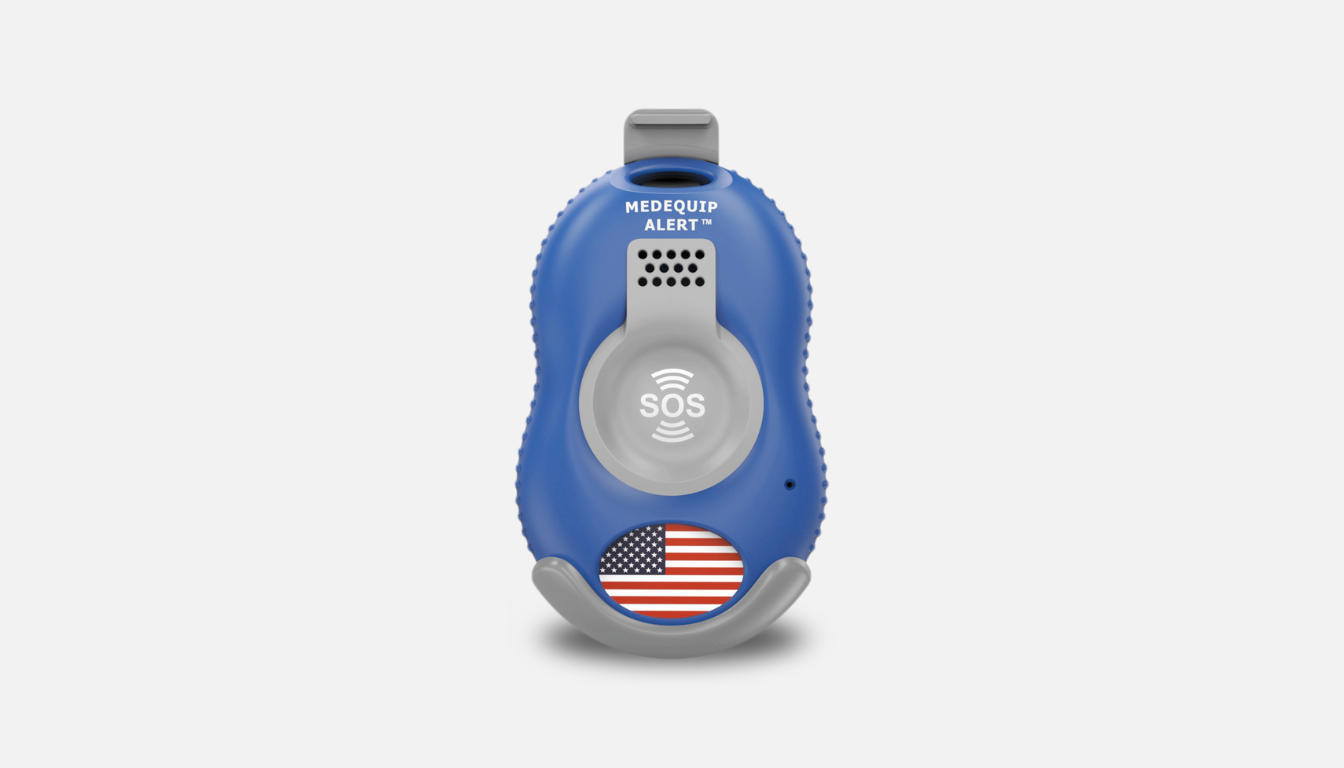
The Lifesaving Importance of Medical Alert Devices for the Elderly
As people age, the risks to their health and safety can increase significantly. From chronic illnesses and medication management t...

Seniorcenters.com is a free resource helping seniors and senior centers across America. Learn about our editorial processes.
Sleep patterns evolve as we grow older. Many seniors notice they become sleepy earlier in the evening and wake up earlier in the morning, or that they wake frequently during the night. Along with these schedule shifts, the quality and depth of sleep can change with age. Research has shown that with aging, “total sleep time, sleep efficiency, and deep sleep (slow-wave sleep) decrease… [while] the number of nocturnal awakenings and time spent awake during the night increase.” In other words, older adults tend to sleep less overall, spend less time in the restorative stages of sleep, and experience more fragmented sleep.
These sleep changes are a normal part of aging, but they are not trivial. Healthy sleep remains just as vital in later years as in young adulthood. In fact, growing evidence links poor sleep in older adults with negative health outcomes, such as memory problems and cognitive decline. With a rapidly expanding population of people over 60, understanding how aging affects sleep – and what older adults can do to sleep better – has become increasingly important. This article provides a detailed look at sleep and aging, including the scientific reasons behind age-related sleep changes, common sleep disorders in seniors, the effects of inadequate sleep on health, and evidence-based sleep tips for older adults.
Changes in Sleep Architecture: One of the most well-documented effects of aging is a change in “sleep architecture,” or the pattern of sleep stages through the night. Older adults spend more time in the lighter stages of non-REM sleep (Stages 1 and 2) and less time in deep slow-wave sleep (Stage 3) and REM sleep than younger adults. Deep sleep, in particular, declines significantly with age. By the time people reach their 70s and 80s, deep sleep may be only a small fraction of the night. REM sleep (when most vivid dreaming occurs) also diminishes slightly, but not as dramatically as deep sleep. Because seniors spend more of their night in lighter sleep, they tend to experience frequent brief awakenings.
In addition, total sleep duration can shorten slightly with age, though many healthy older adults still manage 7–8 hours of sleep. Sleep efficiency (the percentage of time in bed that’s spent actually sleeping) also tends to decline. These changes happen partly because of natural changes in the brain’s sleep regulation and hormone levels (like lower melatonin and growth hormone). Gender differences exist too; some studies suggest older men lose more deep and REM sleep than women of the same age, yet older women often report feeling that their sleep is poorer.
Circadian Rhythm Shifts: Many older adults notice they get tired earlier in the evening and wake up earlier in the morning – called a “phase advance” of the internal body clock. Changes in the brain’s master clock (the suprachiasmatic nucleus) and weaker circadian signals can make it harder for seniors to adapt to shifts in their schedule, like jet lag.
Older adults also often begin taking daytime naps. A short nap can be refreshing, but napping too late or too long may worsen nighttime sleep. Additionally, age-related health conditions, medications, and discomforts (like chronic pain, frequent urination, etc.) can further fragment sleep in seniors.
Not all sleep problems in older adults are just “normal aging.” Seniors face higher risks for certain sleep disorders, such as:
Other issues like circadian rhythm disruption or frequent nighttime urination (nocturia) also impact seniors’ rest. Fortunately, diagnosing and treating these conditions can dramatically improve sleep quality and health outcomes.
Consistently poor sleep in seniors can lead to significant consequences:
The chart below shows how much of the night (as a percentage of total time in bed) is spent in each sleep stage or awake after first falling asleep. For instance, a younger adult might spend about 20% of their night in deep slow-wave sleep, while an older adult (80+ years) might spend only around 10% of their night in deep sleep. “Wake After Sleep Onset” is the portion of the night someone spends awake after they’ve initially dozed off.
Figure 1: As adults age, time spent in deep slow-wave sleep and REM typically decreases, while lighter sleep and nighttime awakenings become more common.
| Sleep Disorder | Prevalence in Older Adults | Description / Effects |
|---|---|---|
| Insomnia | 30%–50% report symptoms; ~12%–20% chronic | Trouble falling or staying asleep, or waking too early; leads to daytime fatigue, mood disturbances, higher fall risk. Often related to health conditions or medications. |
| Obstructive Sleep Apnea (OSA) | ~20% or more over age 65 | Airway collapses during sleep, causing loud snoring and repeated awakenings. Increases risk for heart disease, stroke, and cognitive decline if untreated. |
| Restless Legs Syndrome (RLS) | ~9%–20% | Unpleasant leg sensations at night, relieved by movement. Disrupts falling asleep and can cause insomnia. |
| Periodic Limb Movement Disorder (PLMD) | ~4%–11% | Repetitive jerking/twitching of legs during sleep, causing fragmented rest. Often co-occurs with RLS. |
| REM Sleep Behavior Disorder (RBD) | ~1% overall; ~2% of adults ≥50 | Acting out vivid dreams physically (due to loss of normal muscle paralysis in REM). Common in older men. Can lead to injuries and may be a precursor to neurodegenerative disease. |
In summary, aging alters sleep patterns. Seniors spend less time in deep and REM sleep, more in lighter sleep, and often experience earlier bedtimes and morning wake-ups. Medical conditions and medications can further disrupt nighttime rest. The good news is that many sleep problems in older adults are treatable or can be improved by adjusting habits, environment, and schedules. By implementing good sleep hygiene—consistent schedules, regular activity, a supportive sleep environment, and medical evaluation for possible disorders—older adults can significantly boost their sleep quality. Better sleep translates into sharper cognition, stronger immunity, brighter mood, and safer daily living at any age.
No results available
Browse thousands of Senior Centers from around America. Senior Centers are an integral part of society and are the center of life for many seniors and aging adults.
Find a Senior Center which fits your needs using our search feature and keep up to date on all the latest news.
Click the icon to Ask Anything!
Advertisers are not endorsed by SeniorCenters.com or any senior center listed.
This site is not endorsed by or affiliated with any senior center or organization listed.
Just one helpful email per month – no clutter, just value.